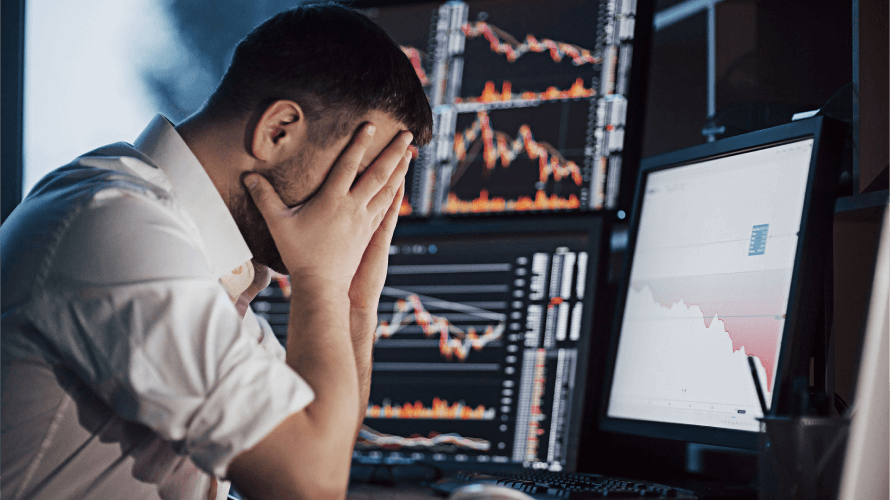The world economy is ever-evolving.
It started as early as commerce, with ancient marketplaces, then changed with the times: from the trade along the Silk Road, to the exports of mercantilism, to the assembly lines of the Industrial Revolution, to the boom of the stock market.
And through all these iterations of the market, traders have been fighting with their feelings. Though they may have begun with a plan, they’ll deviate from it due to their own greed or fear. No one is exempt from this emotional undoing — even the greatest investors of all time have found themselves thwarted by their own emotions.
Now, at the dawn of the cryptoage, we’re collectively turning yet another page, economically speaking.
This fast-paced market is more emotionally driven than any of its economic predecessors. FOMO (fear of missing out), FUD (fear, uncertainty, and doubt), etc. shape the crypto market’s movements, rapidly jerking prices up and down. When a split second could cost thousands, it’s tricky for traders to think rationally.
Plus, stock traders, accustomed to the definitive open and close times of the stock market, must monitor crypto-markets round-the-clock. And though crypto never sleeps, we humans need to.
So how might a serious cryptotrader make sure to get some rest while still making the most of their trading strategies? What’s a trader to do when emotions keep interfering with their trading strategies?
Luckily, the technological advancement that heralds the rise of crypto also yields the tools to help the Average Joe Retail Trader manage both time and emotions.
Automated trading is a tool that allows users to define trading conditions, then execute trades based on those conditions. Some platforms may just seek out signals for trading, while others actually execute trades. Regardless, automated trading platforms provide traders with control over their strategies by allowing users to set conditions and triggers ahead of time, so they can trade even when they’re not sitting behind the screen.
This way, retail traders can trade any and all assets in the cryptosphere, and they can do so at all hours. Trading with an automated platform means that traders aren’t limited by time zone, opening up a world of options.
Plus they’re highly customizable. Traders can set their market entry and exit conditions, and tailor them perfectly to their preferences. Advanced platforms even allow users to set up trades based on all kinds of market conditions, technical indicators, volume, dominance, and social sentiment. These innovative automated options go far above and beyond anything ever offered by traditional trading platforms.
There’s a downside to everything and, of course, automated trading platforms are no different.
These platforms often come in the form of highly complicated interfaces with a steep learning curve. This entails an initial time commitment that many casual traders just aren’t willing to invest, as they’re anxious to automate their assets in the ever-fluctuating crypto market.
And until recently, retail trading technology simply wasn’t up to par. It lacked basic functionality and required roundabout methods to get things done.
Not to mention, they’re typically attached to a sizeable price tag. Though as technology improves, platforms like Capitalise are making automated crypto trading increasingly accessible.
Finally, while taking emotion out of trading is certainly helpful for many-an-impulsive trader, other traders use emotion to guide the way. A trader may have an unexplainable sinking feeling that the price of a certain crypto is going to plummet. When trading manually, that trader would exit the market, perhaps saving themselves from a loss. Automated trading, on the other hand, doesn’t have any instincts to follow. So, when leaving all aspects of trading to an automated platform, our emotional trader would have missed out on an opportunity to trust their gut.
But using automated trading isn’t all or nothing. A skilled trader could use the automation to boost their own skills, rather than let the computer do all the trading. By combining human intuition and emotion with the fast-acting logic of automated trading, Capitalise gives traders both the ability to make every trade and the freedom to close strategies that no longer suit them — it’s truly the best of both worlds.
So though automated trading programs aren’t anything new in the financial industry, automated trading is changing the face of the crypto market — a market of 2,907 different digital currencies and a market cap of nearly $170 billion. With the help of automated trading, traders can better tap into the various exchanges, see trends and (hopefully) profit.
